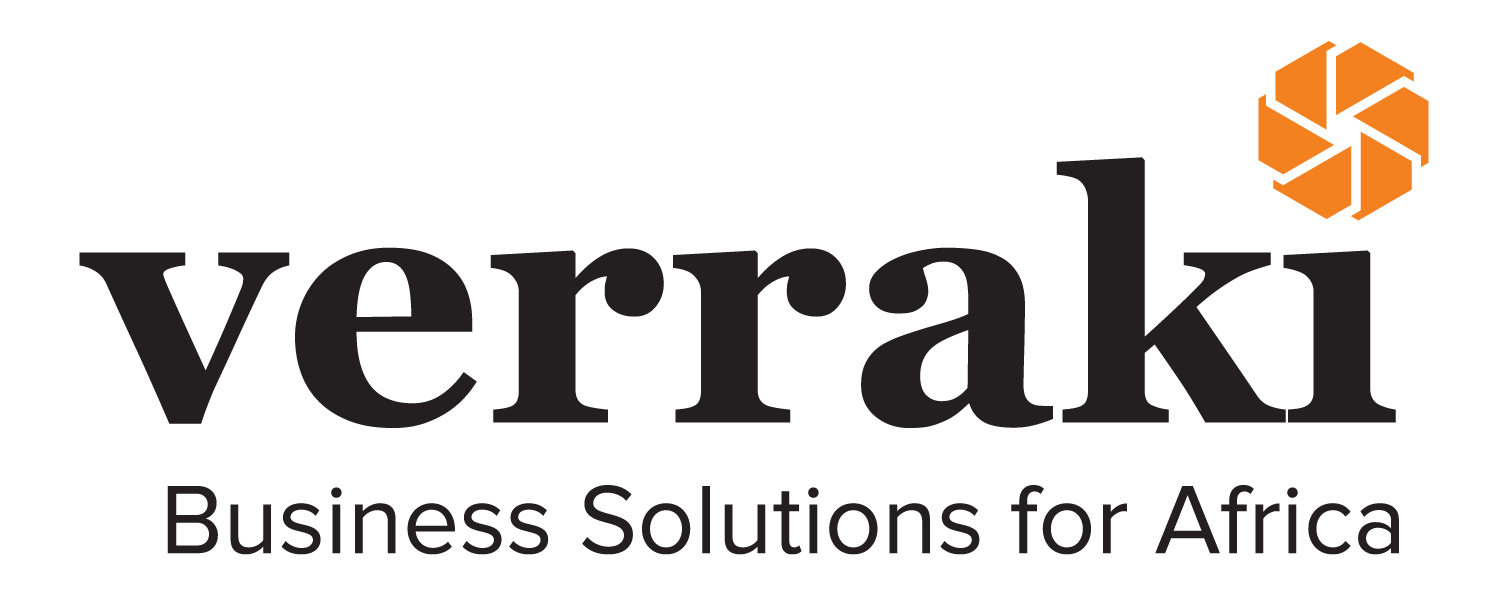
Article by Toluwaleke Adenmosun
This article outlines how organizations can transition from revenue leakage—caused by internal inefficiencies and process gaps—to revenue optimisation through strategic commercial levers. It introduces five levers: Attraction, Capture, Optimisation, Retention, and Growth, and provides insights for embedding a revenue optimisation culture. The goal is to help businesses improve profitability, cash flow, and valuation by operationalising these strategies.
At the core of every enterprise, the pursuit of sustainable returns is a primary objective. Profitability comes from earned revenues exceeding the costs of generating them. Therefore, in the quest for growth, companies should pay attention to optimizing sources of revenues and plugging revenue leakages.
What is revenue leakage?
Revenue leakage is the loss of potential income caused by inefficiencies, process gaps, or control failures, resulting in revenue earned but not properly captured or collected. Common causes include pricing and billing errors, contract gaps, inefficient collections, and system breakdowns. Companies lose an estimated 1–5% of EBITA (Earnings Before Interest, Taxes and Amortization) annually to poor contract management and weak payment follow-up.
Though subtle, leakage quietly erodes margins and undermines profitability. Research shows that up to 42% of organisations experience revenue leakage despite investments in ERP systems (MGI Research). Its consequences include:
- Reduced profit margins;
- Cash flow constraints;
- Lower company valuation;
- Limited funds for growth initiatives; and
- From leakage to optimisation.
High-performing businesses know that sustainable profitability is not just about cost control but also about unlocking untapped revenue. A revenue optimisation lens challenges organisations to go beyond sales growth and systematically activate commercial levers that block leakages and capture full value.
What is revenue optimisation?
Revenue optimisation is the strategic maximisation of revenue growth through pricing, demand management, and marketing, without undermining customer satisfaction.
- Pricing Strategy: Setting optimal prices based on value, competition, and customer willingness to pay.
- Demand Management: Using market intelligence to align resources and production with demand.
- Marketing Strategy: Targeted campaigns and personalised engagement to drive sales.
Five commercial levers for revenue optimisation
Organisations can systematically activate five levers to unlock sustainable profitability:
- Attraction: Drawing new customers through strong value propositions, branding, product portfolio, and effective communication.
- Capture: Converting interest into revenue via sales enablement, incentives, and efficient sales channels.
- Optimisation: Extracting maximum value through smart pricing, upselling, cross-selling, promotions, and product exit strategies.
- Retention: Deepening relationships through loyalty programs, churn prevention, win-back actions, and advocacy.
- Growth: Expanding revenue through new markets, partnerships, product lines, and both organic and inorganic strategies.
Together, these levers provide a cohesive framework to capture incremental revenue, enhance customer lifetime value, and sustain bottom line improvements.


